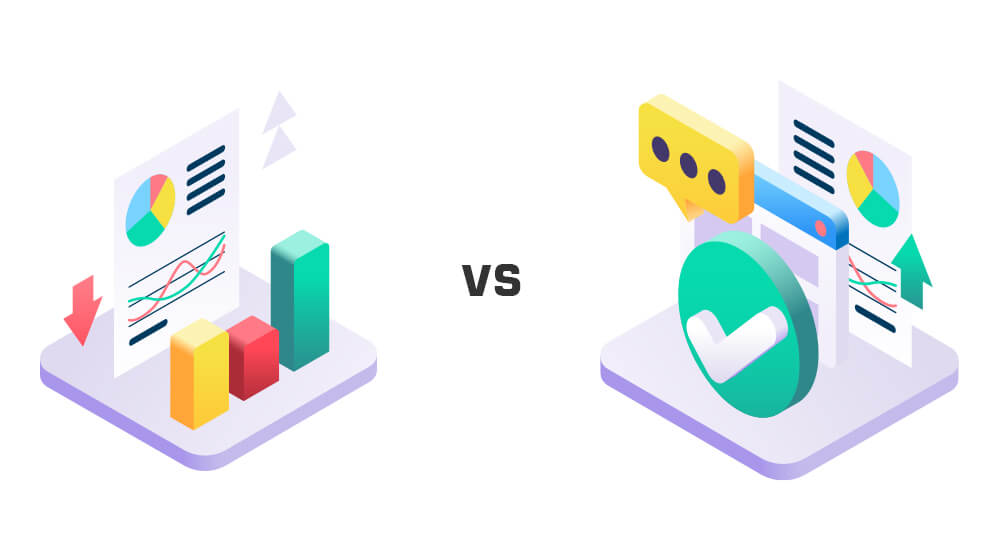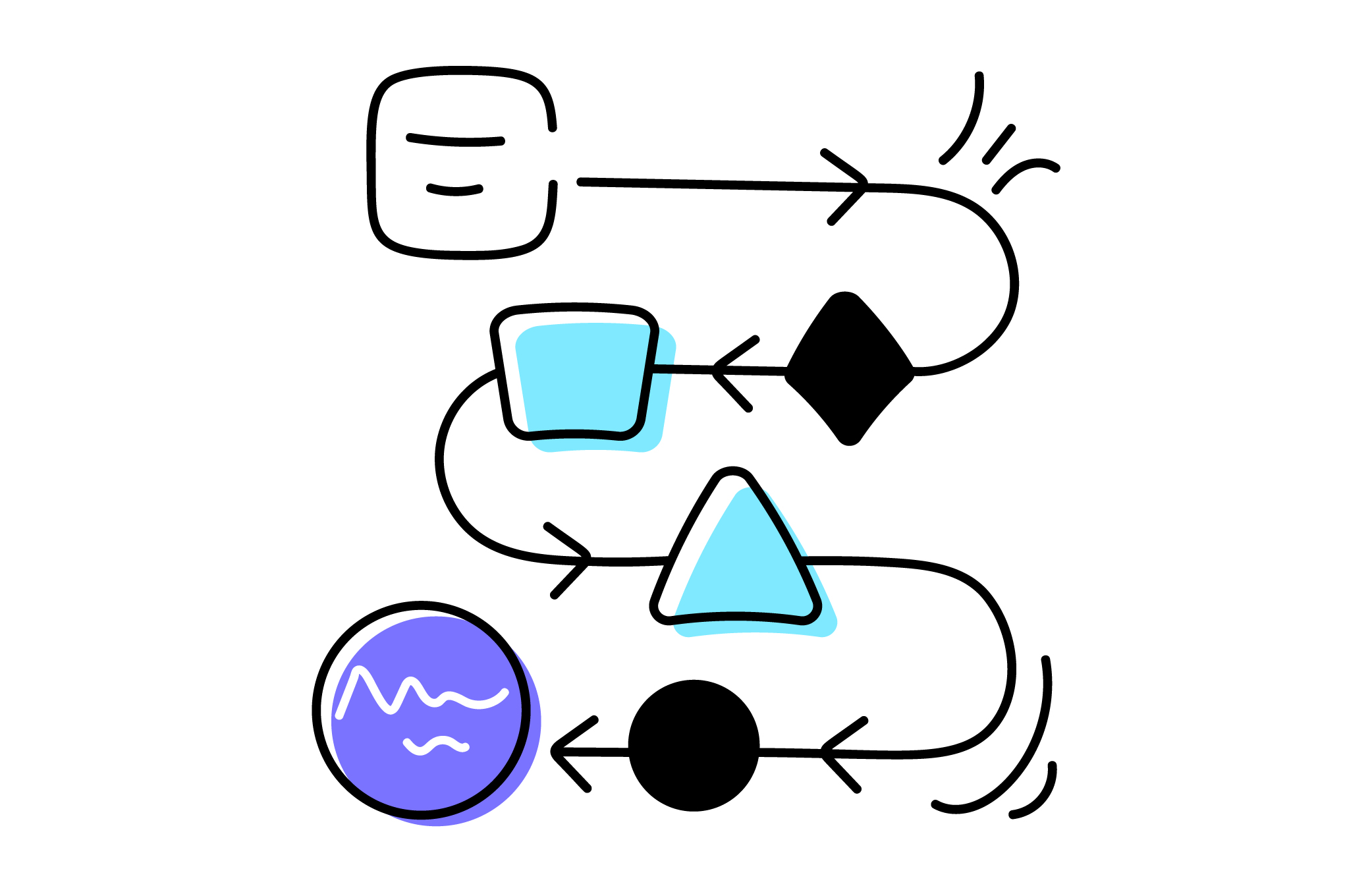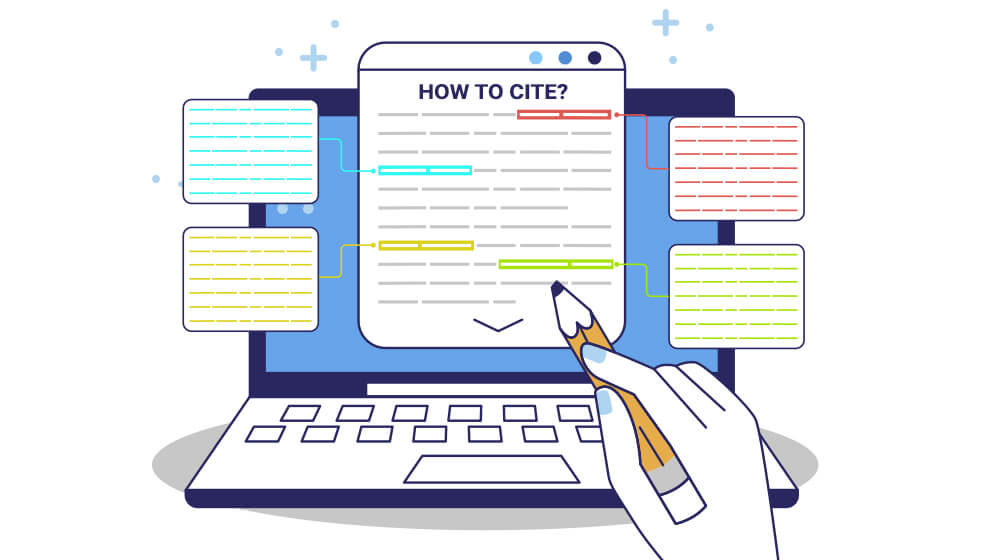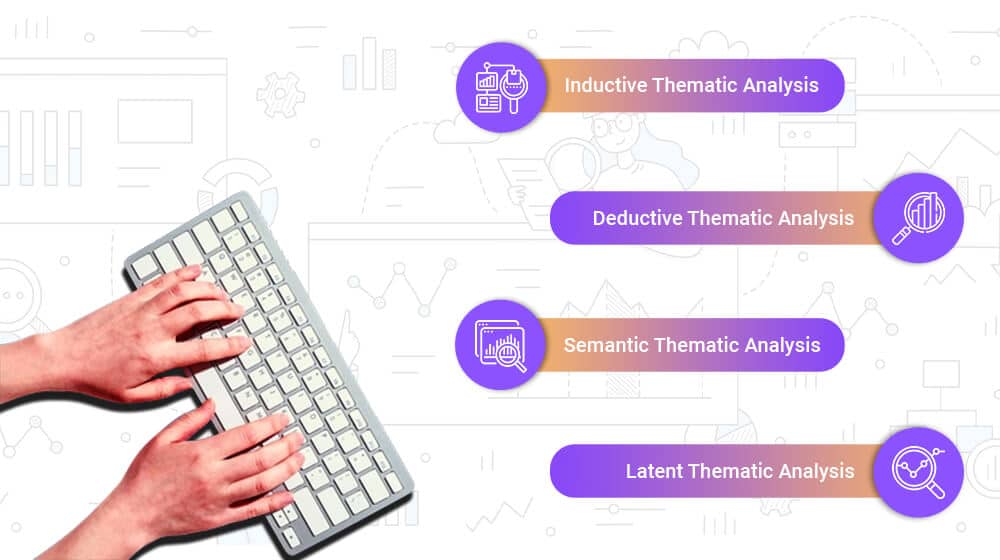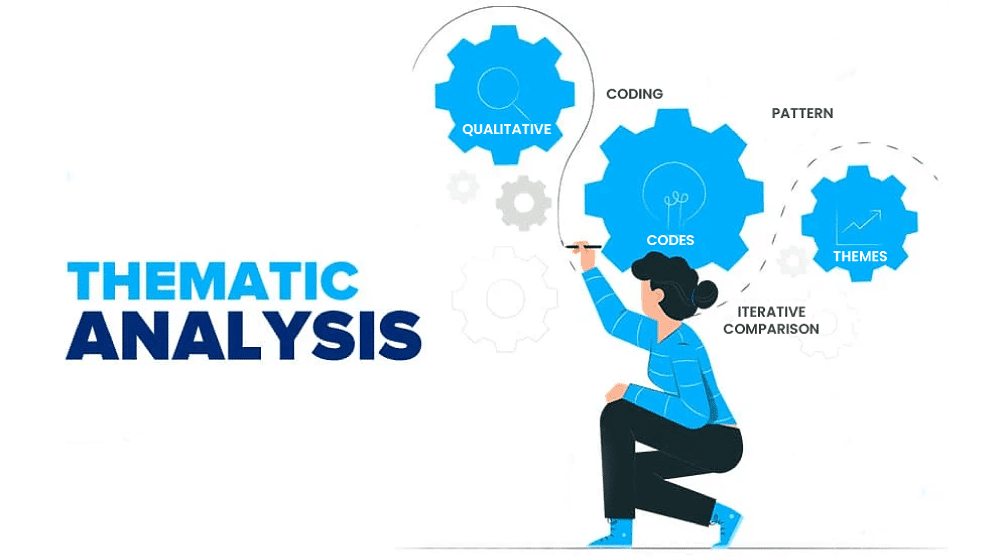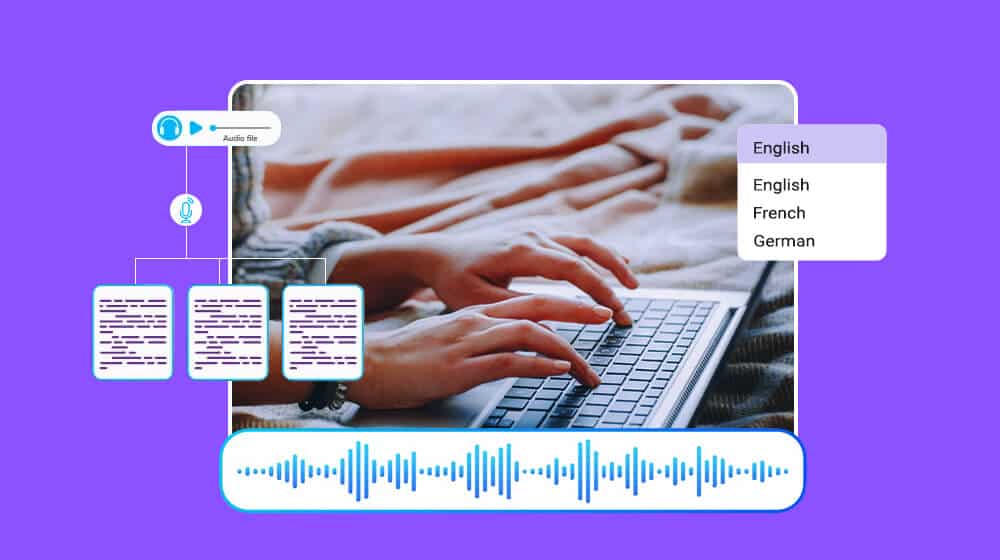Thematic analysis: a step-by-step guide
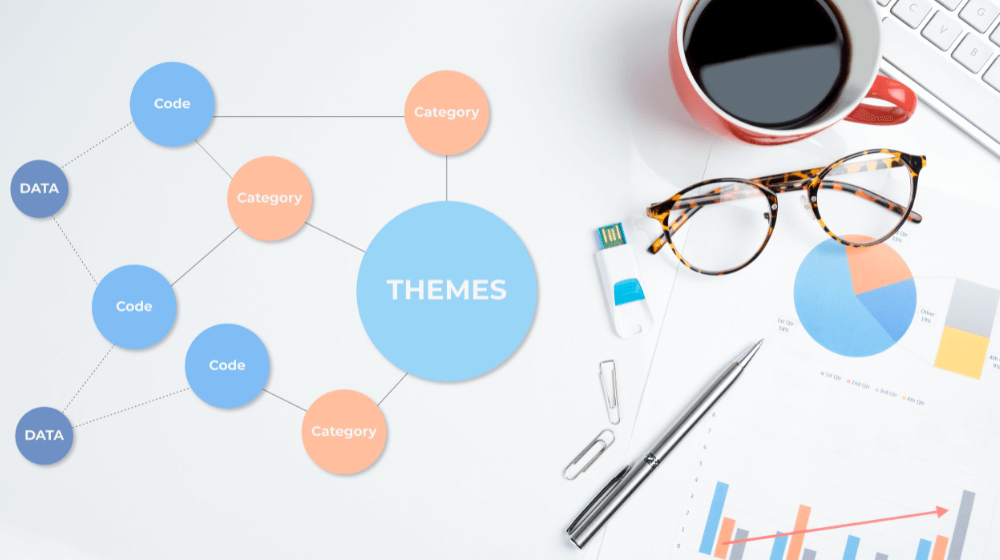
What is Thematic analysis?
Thematic analysis is a way of analyzing qualitative data. It involves looking at a collection of documents, such as interviews or focus groups, and identifying themes across those documents.
When to use thematic analysis?
Types of thematic analysis approach
Inductive: It is a qualitative data analysis method used to identify and explore the major themes that emerge from a dataset. This method is particularly well-suited to data-rich details such as interview transcripts, field notes, and other forms of qualitative data.
Deductive: It helps identify, analyze, and interpret patterns in data with some preconceived themes. This approach can examine various data sources, including textual, numerical, and categorical data.
Semantic: This thematic analysis type is a process of analyzing the meaning of a text by identifying the recurring themes within it.
Latent: This method identifies and codifies the underlying themes of a large body of text. It assists in understanding the hidden meanings and messages within data. It is also useful when finding meaning in the text is complex, such as when there are few or no prior events.
How to use thematic analysis?
Step 1: Familiarize yourself with the data
Before any data analysis, it is essential first to become familiar with the data. It refers to understanding what the data represents and what information it contains. You can do it by first transcribing audio data and then reading the
data sets. You can also supplement your reading with note-taking to understand the data well.


